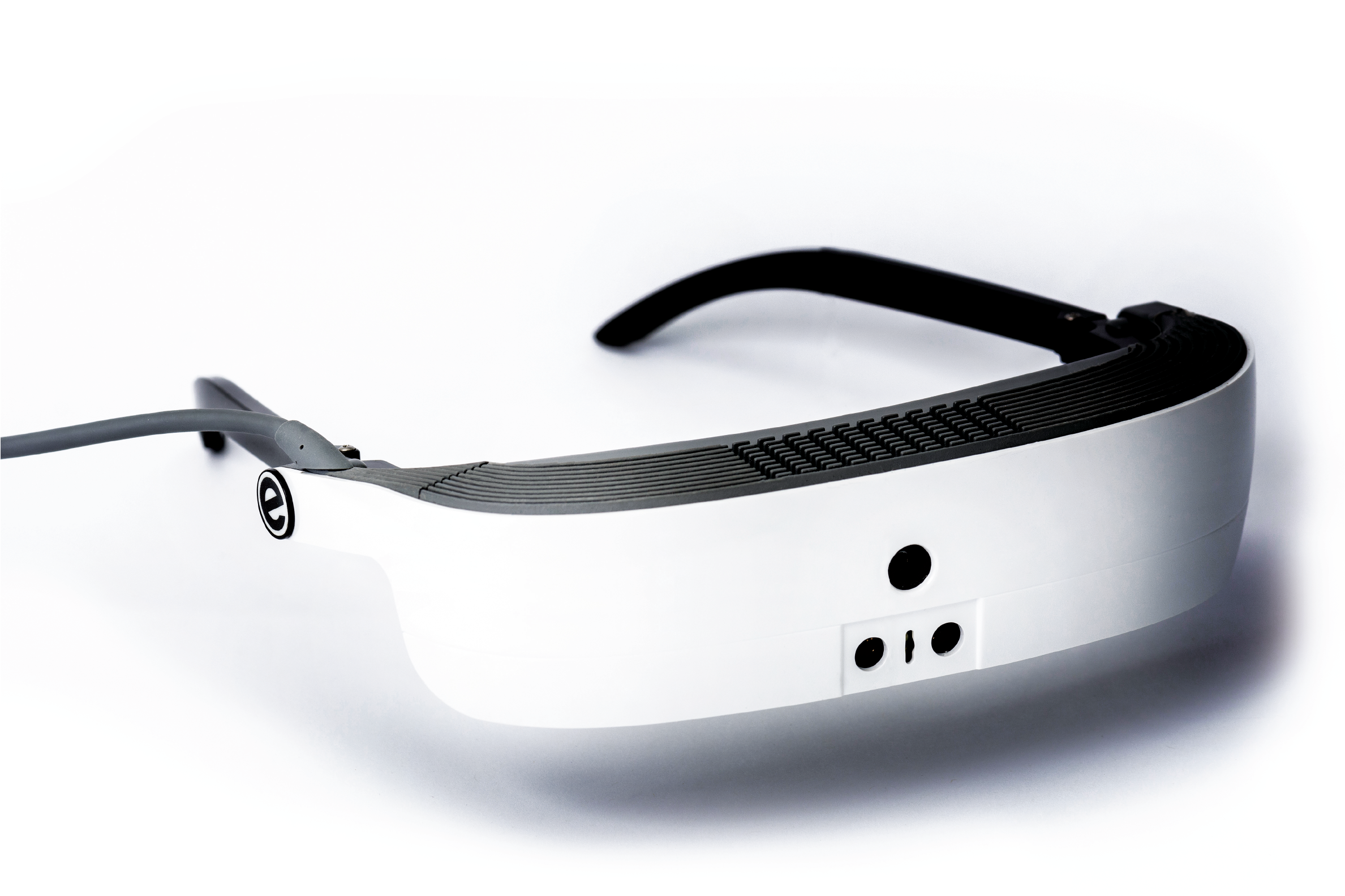An Invention that makes the visually impaired 'see': eSight 3
The latest generation eSight 3, which was named among the best inventions of 2017 by TIME Magazine, allows many people to see again and to lead their lives comfortably without dependence on others.

In order to facilitate the life of visually impaired people, many tools, from direction finding sticks to guide dogs, have been used as aids. However, such a discovery was made in 2017 that the lives of people living with a high degree of visual impairment will completely change.
Thanks to a special glasses called eSight 3, which was put on sale in May 2017, people living with a high degree of visual impairment can now see in real terms.
eSight is a wearable medical device designed to improve the functional vision of those living with low vision or legal blindness. The device was developed by Canadian-based company eSight Corp. eSight was founded in 2006 by Conrad Lewis, a Canadian electrical engineer with two legally blind sisters. His motivation was to build a device that would enable his sisters to see, be able to work and independently perform virtually all activities of daily living (ADLs).
According to the content of the patent, which was registered in 2012 by the Canadian company "eSight Corp", which was established in 2006, these special glasses with the eSight brand are worn like a normal pair of glasses. The high-speed and high-resolution camera on the outside of the glasses records every image in front of it and sends this recording to a controller. The controller transmits this image to an HD OLED display positioned close to the user's eyes, with settings and improved algorithms tailored to personal preferences. The user of the glasses can experience the image formed on this screen in real time. The user can also control the brightness, sharpness and color intensity of the image reflected on the HD OLED screen. Those who wear these glasses can zoom in and out, as well as pause and watch again later.
With eSight, which can easily adapt to any environment it is in, uninterrupted images can be provided in moving environments as well as in fixed positions. This innovative invention, which belongs to the category of wearable technology, improves the quality of the image transmitted to the eye, thereby increasing the responsiveness of cells associated with vision. As more data flows between the eye and the brain, the person wearing the glasses can obtain a much clearer and more detailed vision.
Although it cannot be used by people who are completely visually impaired, eSight; It can be used in diseases such as Macular Degeneration, Diabetic Retinopathy, Stargardt Disease, Ocular Albinism, Optic Atrophy, Optic Nerve Hypoplasia, Conrod Dystrophy, Nystagmus, Glaucoma and Retinopathy of Prematurity. Perhaps the most promising feature of technology is that it helps us to overcome the obstacles that come before us in life, and at the same time, it offers us the capabilities we have in an even more advanced form. What eSight provides for the visually impaired exemplifies exactly this saying.
